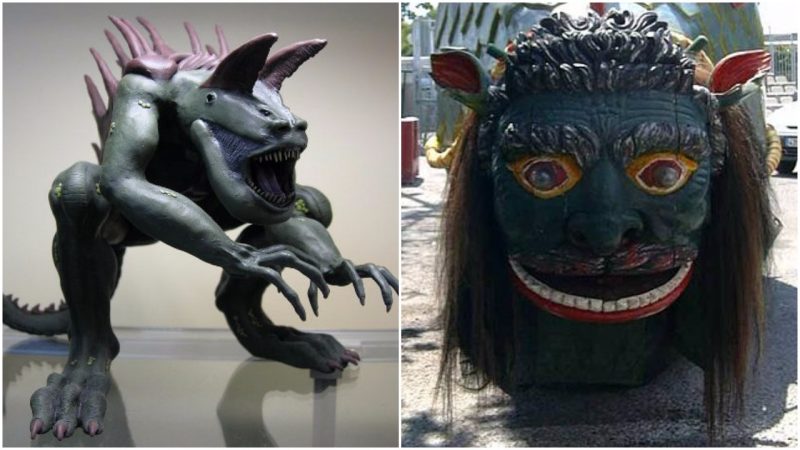“Dungeons & Dragons,” popularly known as “D&D,” is an internationally famous tabletop role-playing game which first emerged in 1974. Since then the game has acquired the status of a cult classic and became a synonym for “geek” culture. Thousands of people still enjoy the game’s fantasy open-world setting, and many build their elaborate in-game scenarios.
“The tarrasque” is a popular magical beast from the game that first appeared in 1977, in the installment known as the “Advanced Dungeons & Dragons 1st edition”. The tarrasque is a giant lizard-like creature whose low intelligence prevents it from distinguishing between good and evil. It is primitive and savage and exists only to wreak havoc.
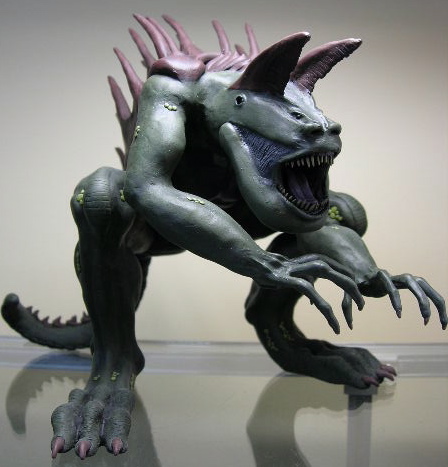
While most D&D players are familiar with the creature, some might not know that its origins lie in French folklore. The legend of Tarasque appeared in several French medieval texts, but the most refined version comes from “The Golden Legend,” a collection of hagiographies compiled by Jacobus de Voragine in the 13th century.
According to the legend, Tarasque was a fearsome dragon-like creature that had a lion’s head, an ox-like body covered with a turtle shell, and a scorpion’s tail. The creature lived in the area of Nerluc in Provence, France, and terrorized the locals.
The king of Nerluc summoned his armies and attacked the beast, but their warfare proved inefficient against the beast’s supernatural powers. The locals thought that they would never be able to stop Tarasque, but it was defeated by young Saint Martha who charmed it with her songs and prayers. She tamed the beast through the power of her faith and brought it to the town of Nerluc.
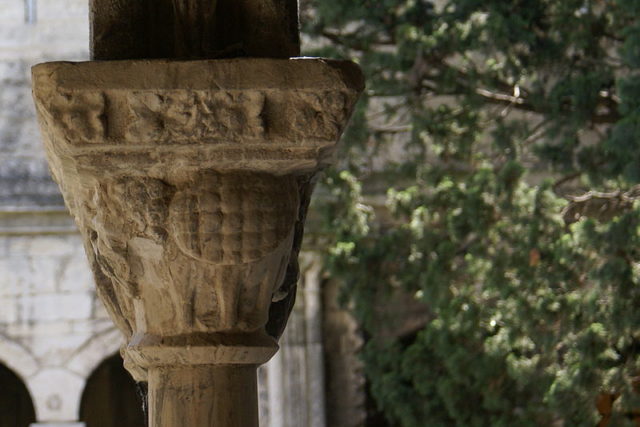
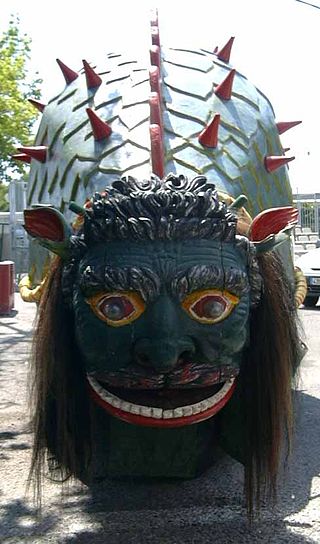
However, the people of Nerluc were still afraid of the beast when Saint Martha led it into the town.
They attacked it with spears and torches and killed it because it offered no resistance. Saint Martha was deeply saddened by the beast’s demise and started to preach Christianity to the people of Nerluc.
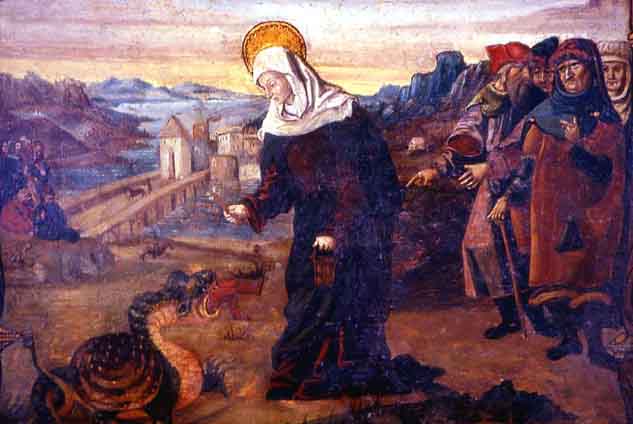
When the people realized they killed a creature which came to live with them as an ally, they were ashamed and decided to change the town’s name to Tarascon to honor the beast. Nowadays, the city of Tarascon still remembers Saint Martha and her victory over the dreaded beast.
Every June, the people of Tarascon gather to celebrate the legend of Tarasque, which became the city’s symbol and coat of arms.
